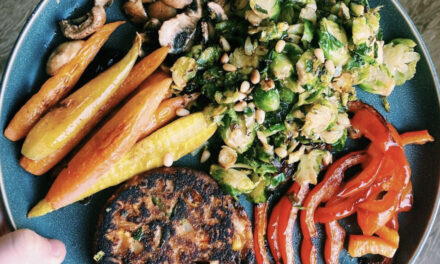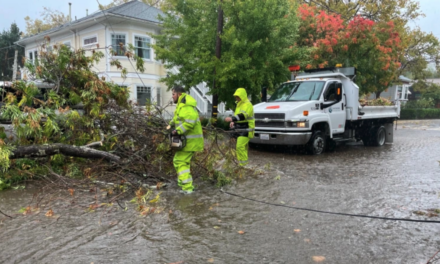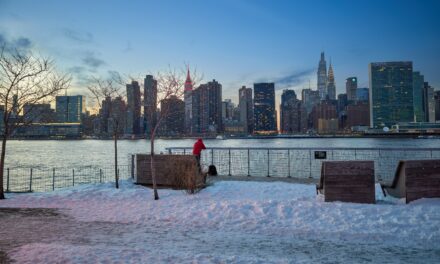Encouraging Stories of Practical Action
Everyone knows that change is hard. It takes time, effort, and often loads of patience. But change we must, if we are to adapt to our warming climate. Fortunately, there is no shortage of examples of communities and people in the Bay Area who are changing, adjusting, and innovating in the face of our brave new world. From communicating with neighbors to trying new modes of transportation, here are six of KneeDeep’s favorite stories from 2023 highlighting the practical and approachable steps toward a climate resilient future.
1. Good Neighbors Make Good Disaster Plans
While a standard earthquake kit remains essential today (food, water, flashlights, radios, spare clothing), we’ve learned to include N95 masks, even a solar charger. In fact, given all the disruptions we now must prepare for (power shut-downs, flood and heat alerts, fire evacuations) the traditional approach of hunkering down and going it alone can feel both isolating and insufficient. Fortunately, there’s another way. Disaster planners are now recommending a set of proactive, communal actions that can increase our climate resilience. Photo: Cool Petaluma
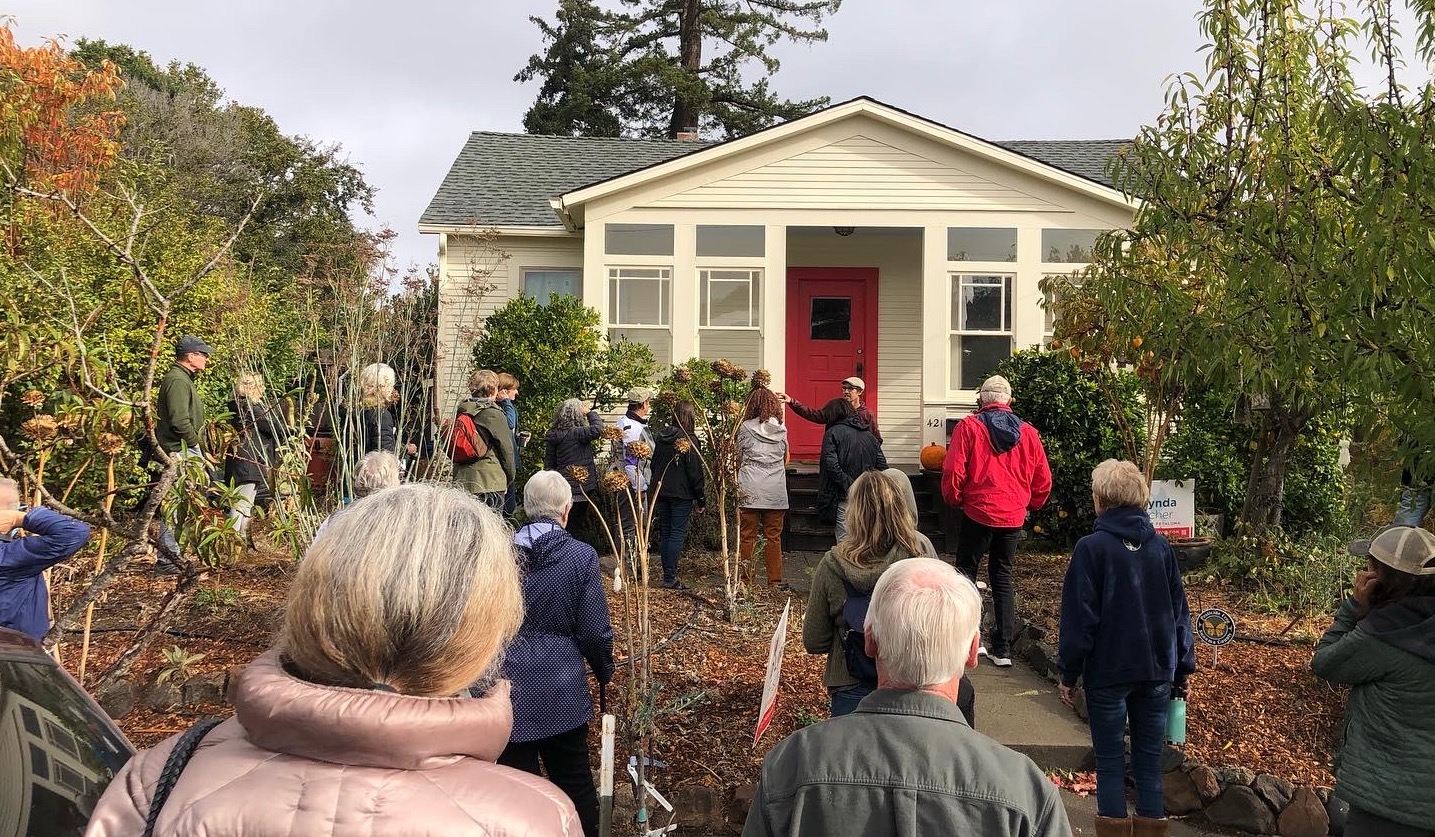
2. Future-Proof Homes?
Oona Khan dreams about her home of the future standing in the same spot that her old house did until the Woolsey Fire of 2015 demolished it. Caught in a quagmire of legal battles with her power company and surging construction costs, Khan is still waiting to start construction. When — or if — she does get to rebuild, the home may bear a resemblance to her old house but it will be different: cognizant, in every way, of a changed climate future. What will the home of the future look like? Fireproof, floodproof, and smokeproof. In Malibu, Calistoga, and Portland, architects and planners rise to the challenge. Photo: Tony Gansa
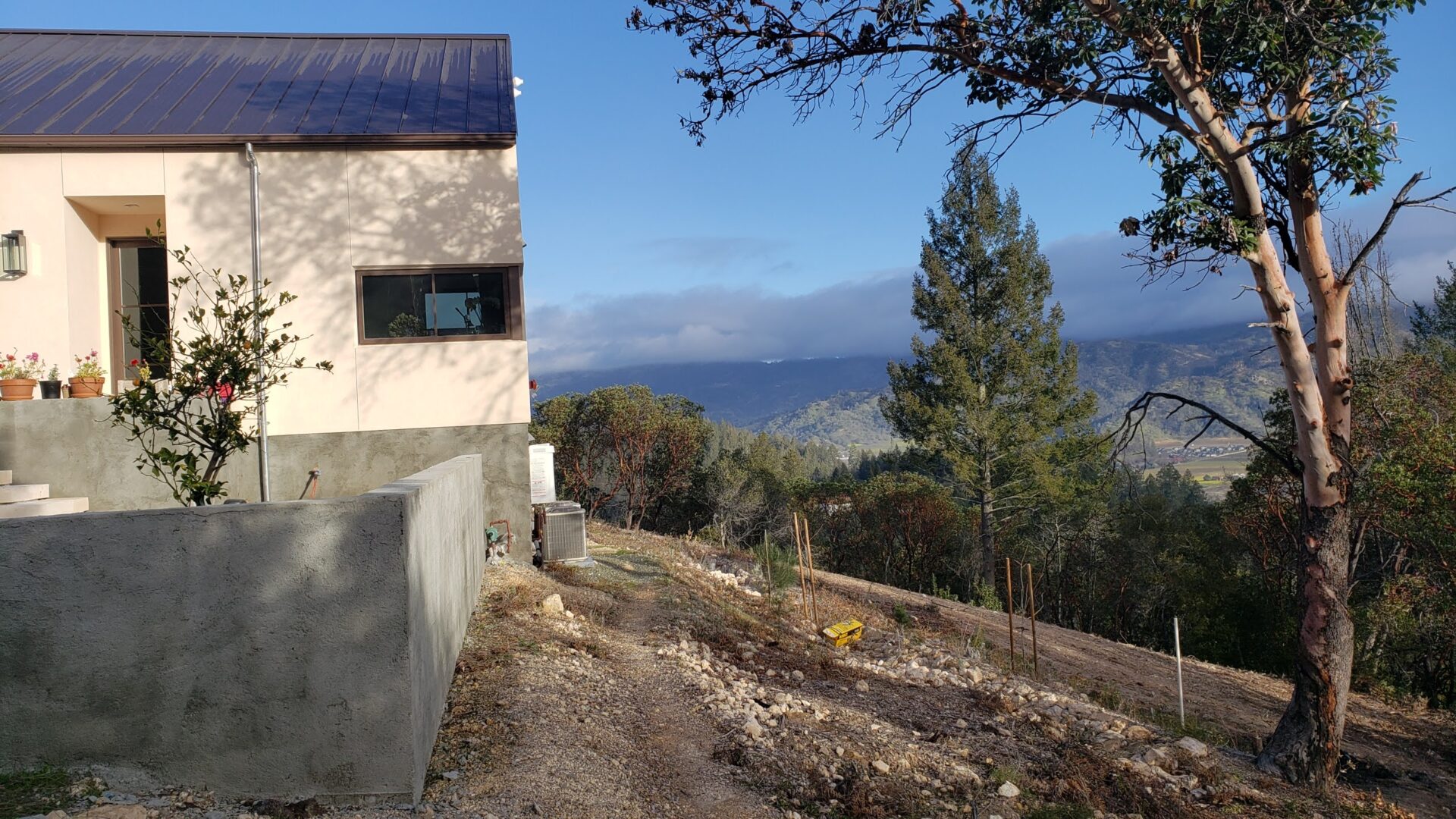
3. Stoked for Car-Lite, Bike-Safe Living
After I totaled our electric Nissan Leaf, my husband made a radical proposal: What if we don’t replace the car? What if we buy electric bikes instead? We decided that car-lite living would only work if we never deprived ourselves because we didn’t own a car. Since then, we’ve been happily using e-bikes for errands; walking to the library, grocery store, and restaurants; riding buses and BART to nearby cities for special events; and renting cars for out of town trips. Here’s how we made it work. Photo: Bike Fremont
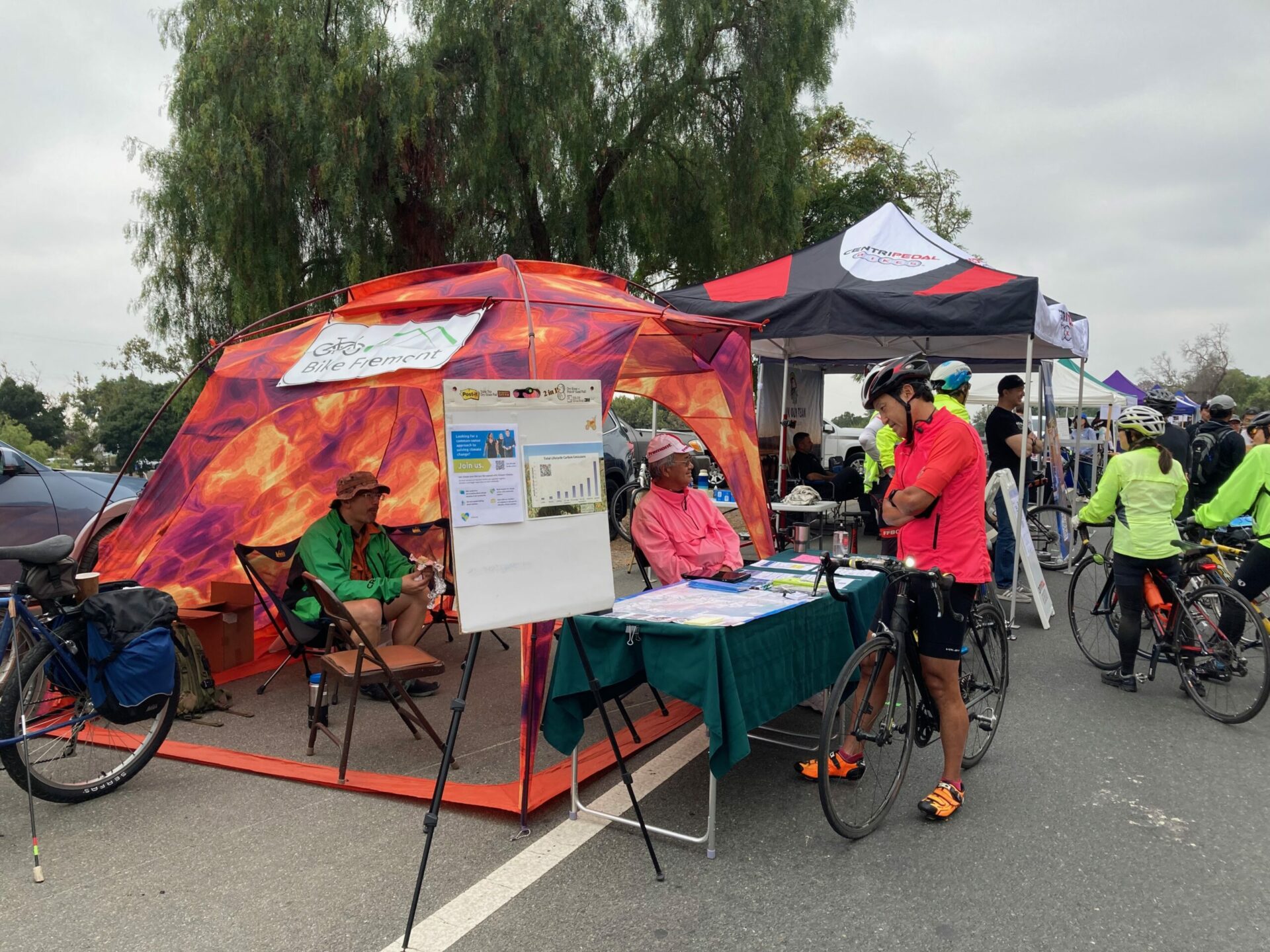
4. My Neighborhood Wised Up to Fire
In August 2020, I received an ominous automated call telling me to leave the area immediately. We were among thousands of residents of the San Lorenzo Valley facing mandatory evacuation from the CZU Lightning Complex wildfire headed our way. When we fled the house in the Santa Cruz mountains that we had been living in for just nine months we knew exactly two of our neighbors. But it’s a bittersweet truth that nothing brings people together like a natural disaster, and our story is no different. Photo: Steve Kuehl
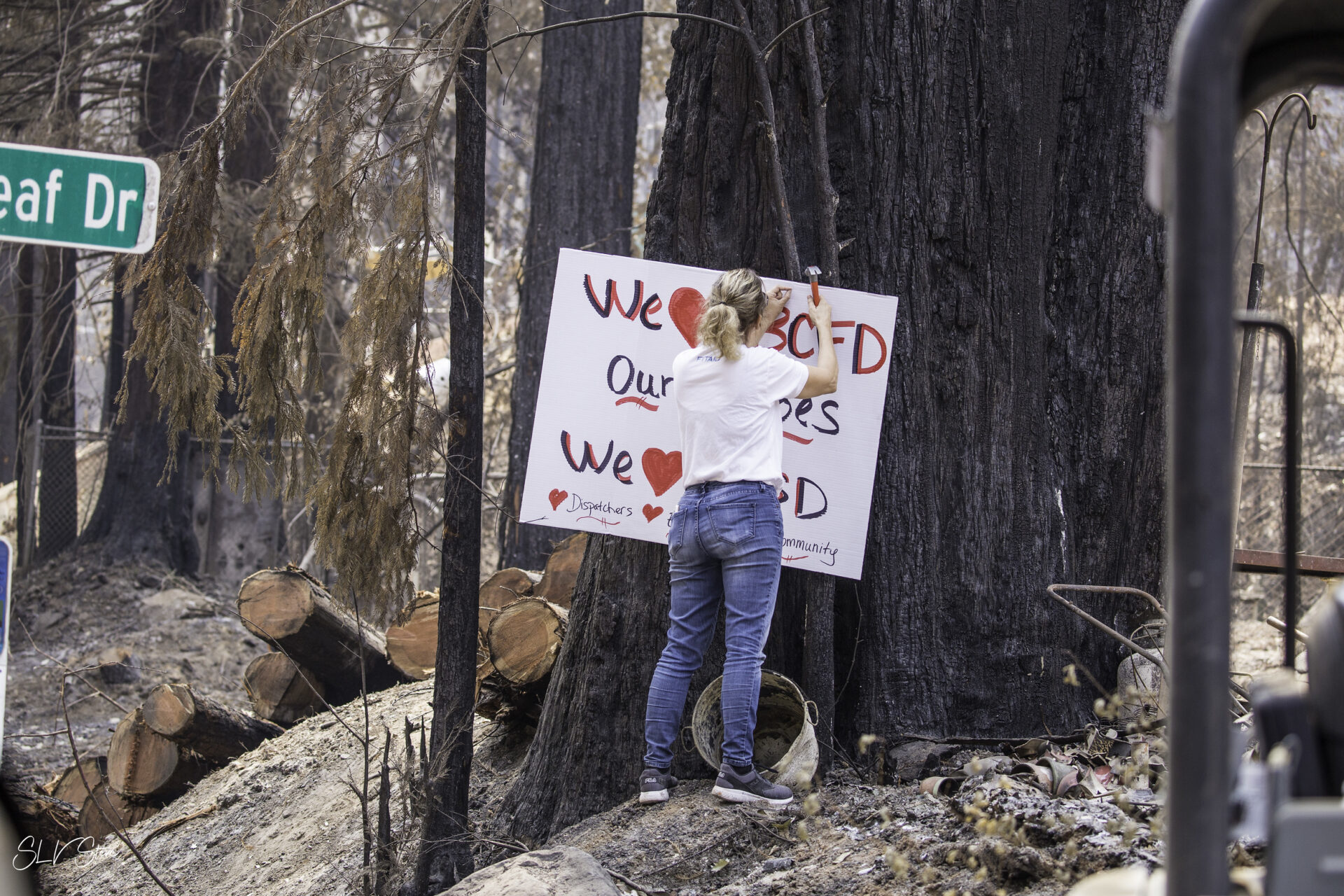
5. Riding the Bus as Climate Bliss?
You’re on the bus. It’s your evening commute. The bus is almost full. Soft waves of chatter wash over you as you watch the blurred lights of storefronts pass by… Recently, researchers studied the effects of commuting on workers and found that it could be a positive experience. But it wasn’t driving that made people feel better. It was the liminal space between work and home. As more of a bike and train person myself, I decided to explore the idea that people might take the bus instead of driving just because they enjoyed it… Photo: Mikki Okamoto
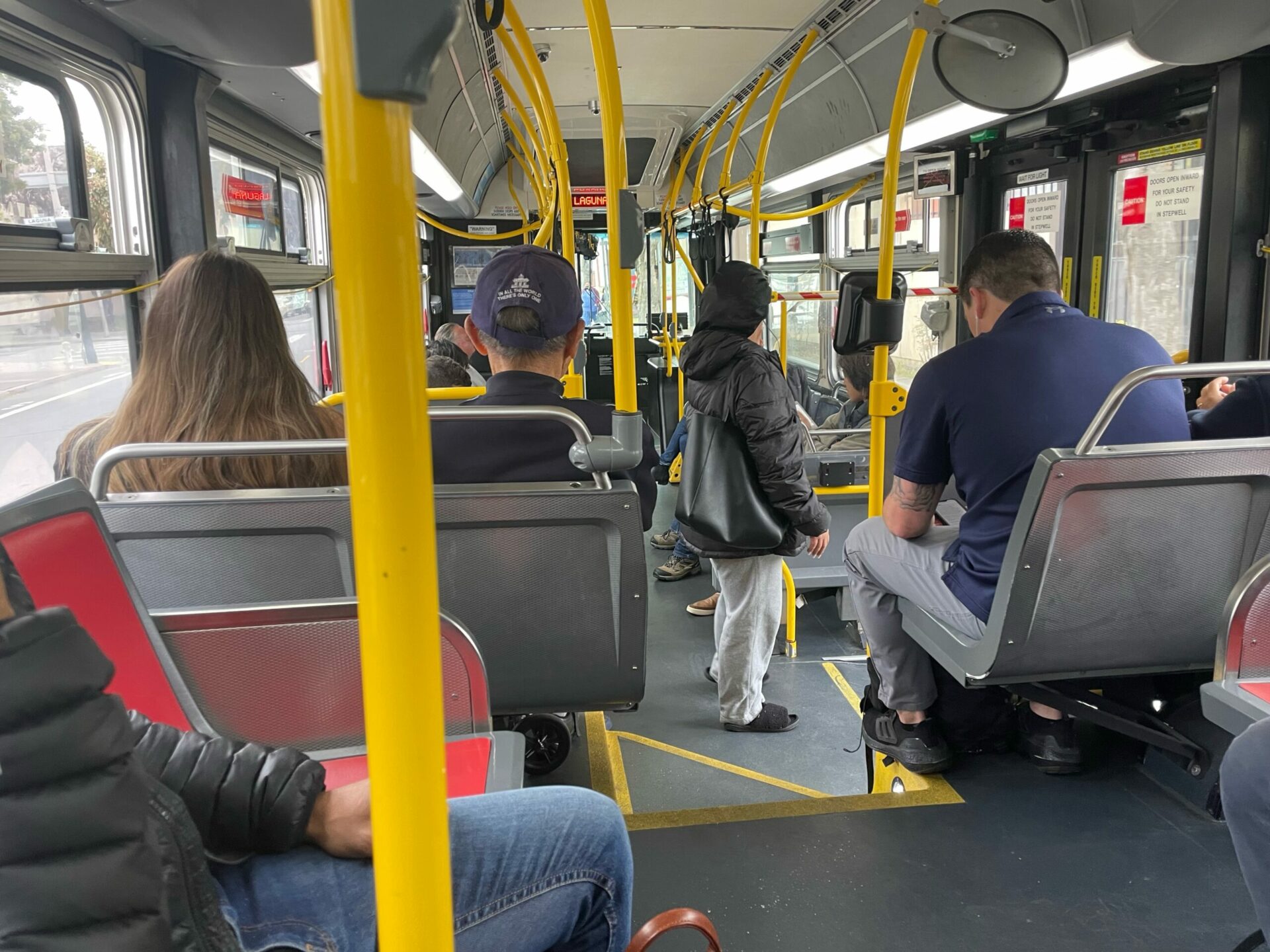
6. Planting Food Forests
Figs, oranges, chickens, and flood mitigation all in your suburban front yard? The group Sustainable Solano is promoting the idea of “food forest gardens” to pump up local food and climate resilience efforts. Last spring, they hosted open gardens that they helped plan and plant, offering visitors a chance to find out just what a food forest is: a garden layered like a natural forest that includes fruit-bearing trees and edible plants. Photo: Aleta George
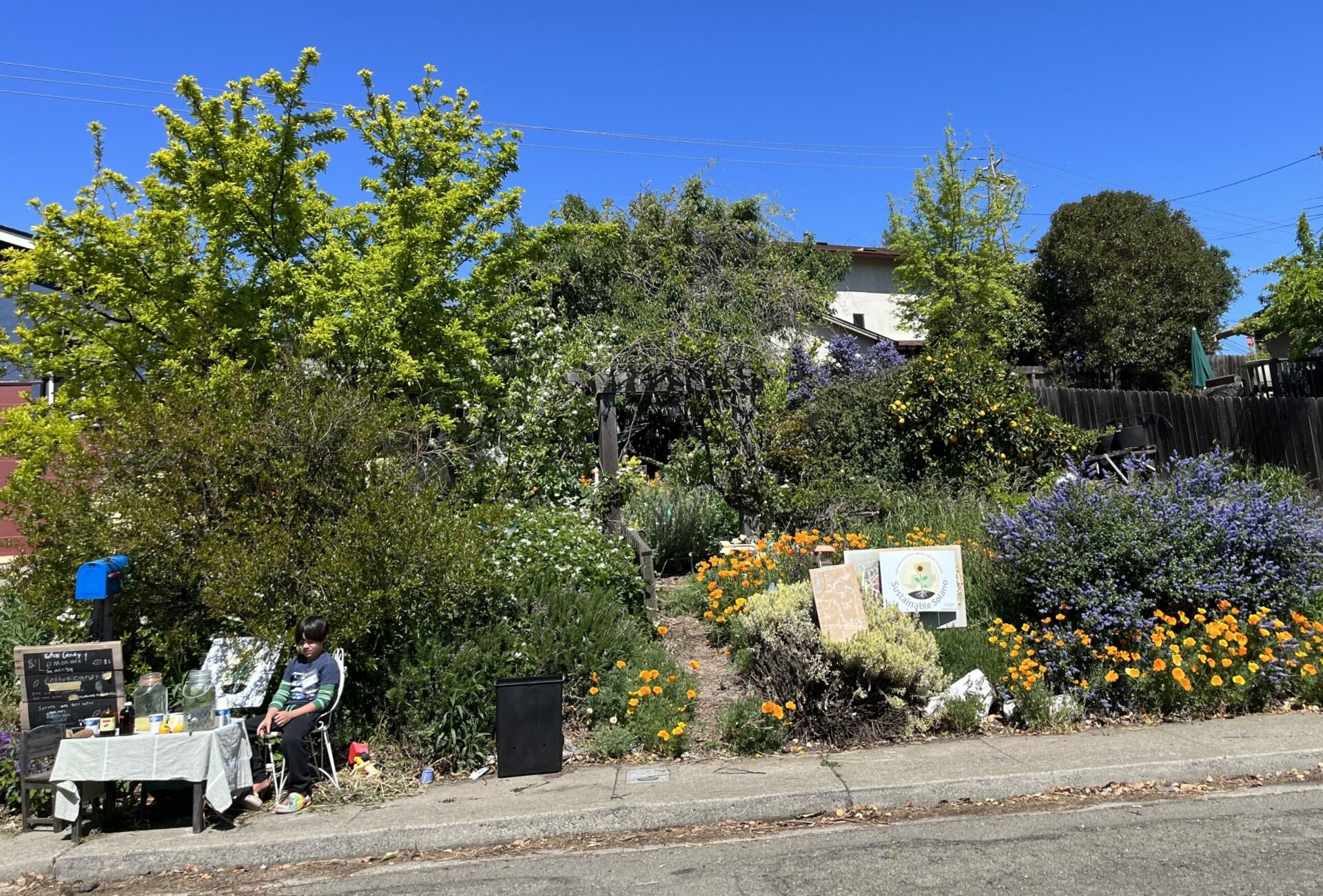
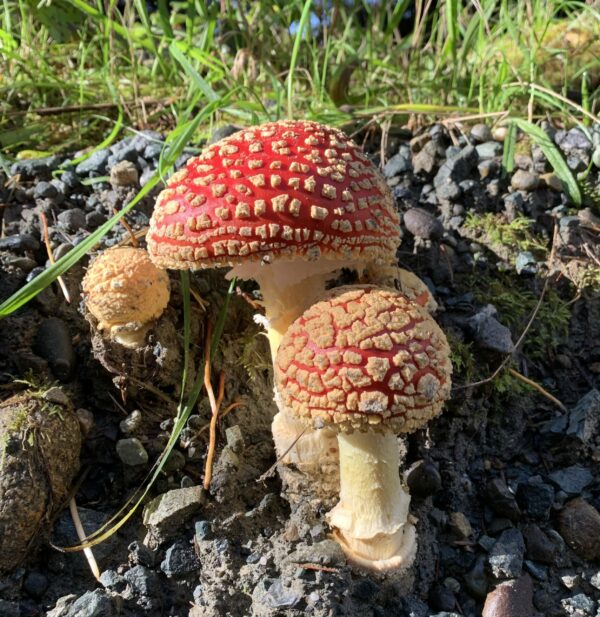
We can’t do this without you.
Support KneeDeep’s commitment to local journalism and climate action work.







